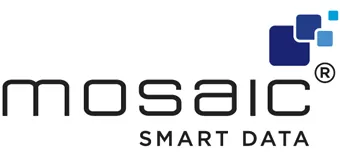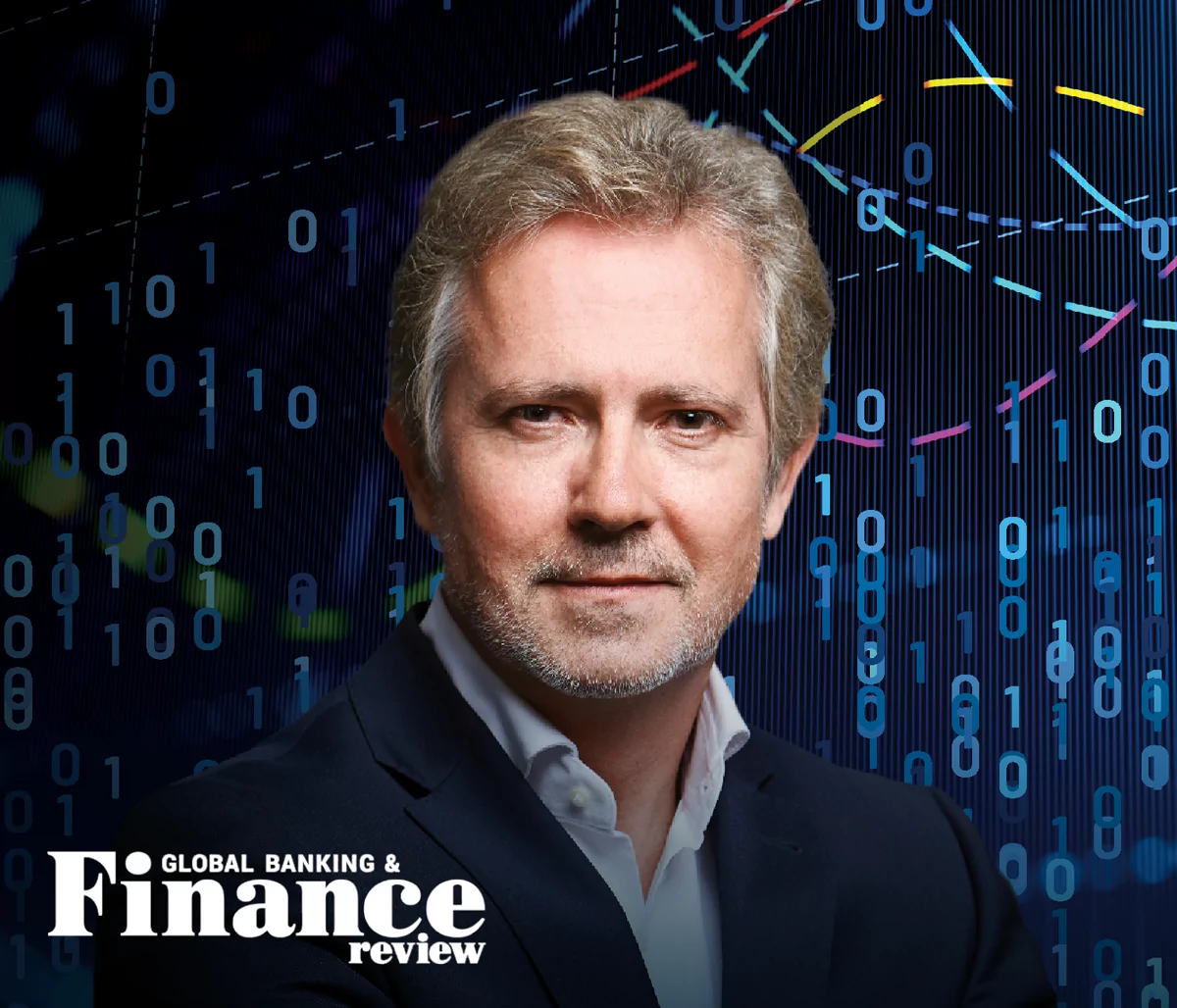Steps Ahead
Data-driven efficiency gains: the competitive differentiator of the modern bank
It goes without saying that the last decade has been a turbulent period for banks across the globe. Some have collapsed, while some have adapted their operating models and posted record profits. For those in the latter camp, a laser-sharp focus on efficiency has become central to their businesses.
By Matthew Hodgson, CEO, Mosaic Smart Data
FICC sales and trading desks have been an area of the bank that have seen the greatest evolution in recent years, driven by a complex mix of challenging market conditions, regulatory developments and increased success amongst innovative fintechs. For many, poor performance and new regulations have led to widespread downsizing as banks have been forced to do more with less while the sophistication and expectations of their clients has increased.
Against this backdrop, a survey of 260 FICC traders conducted by JP Morgan found almost a quarter cited workflow efficiency as their chief trading challenge, while 12% singled out remote working, a new addition that highlights the impact of the coronavirus pandemic on trading floors following widespread lockdowns during 2020 and 2021. In addition, Gartner’s report on the top strategic technology trends for 2022 singled out efficiency – along with growth, and digitalization – as the top three priorities for CEOs as we head into the new year.
Across the board, banks are getting smaller, leaner, and are scrambling to keep up with innovation while capitalizing on opportunities. At the core of this new hyper-efficient operating model is a focus on enhancing the performance of every salesperson and trader by equipping them with the tools and intel to ensure they are focusing on the right client, at the right time, and making the right recommendations. This is central to efficiency in the world of trading – and the ability to leverage greater insight from transaction and market data is key to achieving it.
Gartner’s report goes on to state that: “The value of data has never been clearer. But often, data remains siloed within applications, which means it’s not being used as effectively as possible. Data fabric integrates data across platforms and users, making data available everywhere it’s needed. Within inbuilt analytics reading metadata, data fabric is able to learn what data is being used. Its real value exists in its ability to make recommendations for more, different and better data, reducing data management by up to 70%. By 2024, data fabric deployments will quadruple efficiency in data utilization while cutting human-driven data management tasks in half.”
Build vs Buy – a new twist on the age-old debate
So, the role of data in achieving efficiency is unanimously agreed upon by experts such as Gartner. But for many banks, completely reinventing themselves to be a data-centric institution by hiring data scientists and software engineers is completely out of reach and out of step with the trend towards slimming down headcounts. Similarly, with budgets and margins under real pressure even at top-tier investment banks, cost has become a more crucial factor in any decision related to technology. As institutions are constantly looking for ways to eliminate risk from business operations, the unpredictable cost and resource demands of in-house technology projects have contributed to an increase in the levels of outsourcing.
Thankfully, innovative and user-friendly fintech technology exists to perform the same functions more effectively and at a fraction of the cost, giving banks the opportunity to grow market share, protect their niche segment and drive greater profitability in the markets in which they are active.
While some financial upstarts have built technologies that could eventually cut into the relationship-driven work that investment banks are used to doing, others have built data analytics tools to support banks in increasing their relationship-building capabilities through a stronger understanding of trends, market activity and client needs.
Once a bank’s data has been aggregated and normalized, cutting-edge technologies such as complex statistical analysis, machine learning and natural language processing technologies can then be applied, for example, to automatically produce highly personalised research reports. And the end product is far superior from the typical research team’s “buy” or “sell” recommendation, and produced with far greater efficiency.
Gartner’s report also highlights ‘decision intelligence’ as a key area of focus for banks in 2022, predicting that by 2023, more than a third of large organizations will have analysts practicing decision intelligence, including decision modeling. It states: “Decisions can be influenced by a multitude of experiences and biases, but in a world of rapid change, organizations must make better decisions, faster. Decision intelligence improves organizational decision making by modeling decisions through a framework. Fusion teams can manage, evaluate and improve decisions based on learnings and feedback. Integrating data, analytics and AI allows the creation of decision intelligence platforms to support, augment and automate decisions.”
Using such technologies, FICC trading banks can retain a competitive edge in their chosen niche markets by complementing their human expertise with the ability to understand and mine vast quantities of internal and external data at the click of a button. Armed with a comprehensive overview of their clients’ trading activity, they can then make informed decisions and appropriate recommendations.
Partnering for success
In another recent survey conducted by PwC, 84% of respondents said they expected banks to have significantly advanced data and analytics capabilities embedded in five years’ time’. Investment and adoption at scale is expected to increase significantly over the next two to three years, and one Head of Sales that responded to the survey compared advanced data analytics to GPS – those banks without it will automatically be at a disadvantage.
As Gartner states: “From COVID-19 to political unrest to climate change, organizations are constantly buffeted by unexpected events. But the promise of digital business as a way to thrive and outperform the competition during these disruptions remains clear. As an IT leader, the responsibility for supporting the technical end of digital business rests squarely on your shoulders. You have an opportunity to embrace force-multiplying innovations to accelerate growth and strategically drive your organization forward.”
But how do banks take on the challenge of putting the technology in place to allow them to leverage the full potential of their data? In today’s environment they must do everything in their power to ensure they minimise innovation risk in their mission to achieve greater efficiency – and the quickest route to success is partnering with innovative fintech vendors to implement best-in-class solutions quickly, with predictable and transparent costs.



